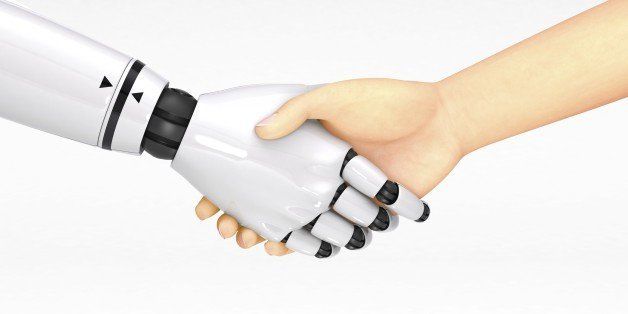
Last week, Google released its monthly stats on accidents involving its self-driving cars dating through August 31, 2015. Google vehicles have been involved in 16 fender-benders since 2010, the first year that Google started to test its self-driving cars. In every single one of those incidents, the Google Car was not at fault. In 13 of the incidents, a Google Car was rear-ended while stopped or slowing down. We have been tracking Google Car Crash data since it started coming out. (Below is a bar chart of accidents by cause.)
To date, all incidents have transpired in California -- the only state where Google was testing its self-driving cars, although the company is now also testing vehicles in Austin, Texas. When you look at the circumstances of each incident, there is not even a shadow of a doubt. The human driver messed up. For me, the data is clear enough and getting clearer by the month. People smash into Google Cars, not vice versa. And I have every confidence that Google Cars, and other self-driving systems are going to be safer drivers. Computers don't get drunk, tired, or do stupid things with mobile phones like try to take selfies while driving or text their friends.
These are not just dumb people. Our brains are wired to pay attention to the flags, beeps, and boops that our smart phones emit. We are fighting evolution when we try not to text while driving. This is inspite of strong evidence that cell phone use and driving don't mix.
Computers, and the sensors they are connected to, can see better at night and can be programmed to slow down under dangerous conditions like ice and snow. Even without these human frailties, driving is complicated. As Google found in its research, driving even at moderate speeds involves an astounding amount of complex information. According to the Google team, a driver driving at 30 mph sees an average of 1320 pieces of information every minute.
The result of both bad driving behavior and purely accidental crashes is tragic. Car accidents kill nearly 33,000 people per year in the United States. Those most likely to die in these crashes, of course, are teenagers just starting their lives. For God sakes, let the robots drive.
This is not just a moral imperative. It's also an economic one. According to the consultancy McKinsey, property damage from collisions in the United States runs around $277 billion per year. This factors in insurance premiums. McKinsey only speculates about on-board collision avoidance systems that it believes could avoid most low-speed collisions and trigger automatic braking. This would save 25 percent of the annual property damage, putting tens of billions of dollars back into our pockets each year as a society and as individuals. If we went to 100% self-driving with a unified collision avoidance system and a true communications network to allow the cars to talk to themselves, then we might even see that damage cost drop by 90% or greater as more and more self-driving cars took over from humans.
Then there are other salutary impacts of self-driving cars. There would be a lot less cars in general because we could more easily share self-driving cars and optimize them for full use. That chunk of cash you spend on car payments and insurance would shrink considerably. With fewer cars on the roads, nearly one-third of all vehicles in the cities would disappear, leaving more room for pedestrians. All the real estate wasted for parking could be used for apartments and stores. That would have a tremendous impact on space-impacted locales such as New York, San Francisco, London and Shanghai. Cities would become more liveable, less crowded and safer.
Thinking further out, self-driving cars would also allow for magical transportation feats inconceivable in today's gridlocked freeways. In the Bay Area, Marc Andreessen and his VC pals could zoom from their aeries on Sand Hill Road up to San Francisco for a meeting in 15 minutes with a robot car hurtling along at 200 miles per hour. The robot cars would talk to each other and a centralized control system would allow them to zip along at this eye-popping speed in perfect synchronicity. That parking lot we now know as U.S. 101 would become a purring conveyor belt of late-model vehicles proffering affordable transit at any time of day or night.
There will, of course, be a complicated transitional period when humans share the roads with the robots. During that period, we won't see the full benefits I describe. But we will very shortly start to see accident rates decline. Yes, a Google Car will kill a pedestrian at some point when a mechanical failure or a software glitch blocks safety systems or causes problems. This is an acceptable risk compared to the status quo. For most Americans, a car accident is the single greatest risk of an unnatural death. Our children, our parents and our wives and husbands are all at risk. Save money. Save lives. Save trouble. Save time. This is a total "no-brainer". Give the robot the keys, already - for the good of mankind.
